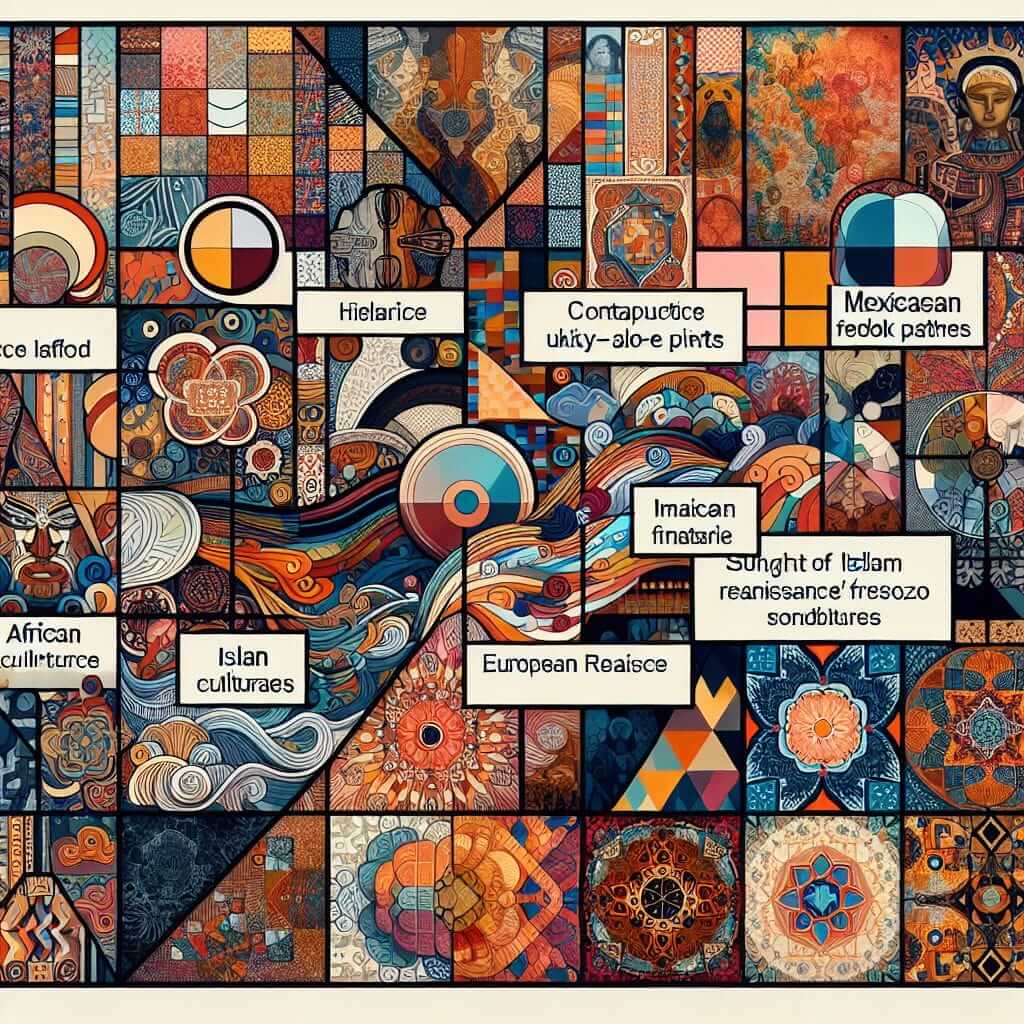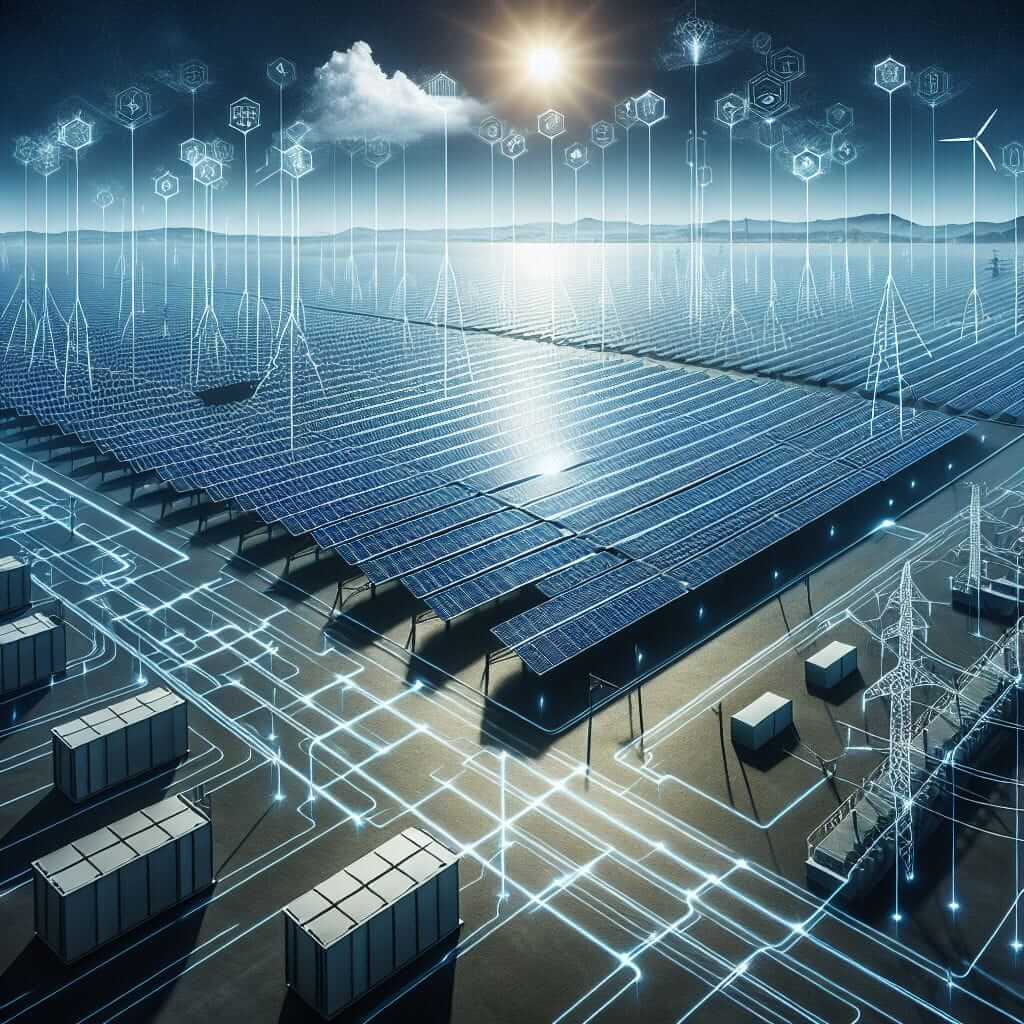The Reading section of the IELTS exam assesses a candidate’s ability to read and comprehend written texts. It’s essential for test-takers to be familiar with a wide range of topics as the passages can cover anything from scientific articles to historical events. One such topical issue that has been featured is the “Impact of renewable energy on grid stability”. Given its relevance in contemporary discussions about energy and technology, this topic is likely to reappear in future exams.
Table Of Contents
In this practice exercise, we’ll explore this subject, preparing you for the type of texts and questions you might encounter. You will dive into the content through an authentic IELTS Reading practice test, complete with questions and answer keys.
Practice Reading Passage: Medium Text
Reading Passage
Impact of Renewable Energy on Grid Stability
With the increasing integration of renewable energy sources like wind and solar power into the energy grid, engineers and policymakers face new challenges in maintaining grid stability. Traditional power grids were designed around predictable energy outputs from fossil fuels and nuclear power plants. In contrast, renewable energy sources are far less predictable. A sudden cloud cover can sharply reduce solar power input, and wind patterns can be erratic.
One of the primary challenges is balancing supply and demand. Renewable energy generation can be variable and not always align with demand peaks. For example, solar energy is most plentiful in the middle of the day, yet energy demand peaks in the evening when people return home from work. To mitigate this mismatch, energy storage systems such as batteries are being deployed to store excess energy produced during peak generation times to be used later.
renewable-energy-grid-integration|Renewable Energy Grid Integration|Image showing the integration of solar and wind energy into the power grid with transmission lines and city in the background.
Another issue is the intermittency of renewable sources which can lead to frequency fluctuations in the grid. The frequency of a power grid must be maintained within a specific range to avoid damage to infrastructure and ensure reliable power delivery. When renewable energy sources suddenly increase or decrease their output, it can cause significant deviations in grid frequency. Technologies like smart grids, grid-scale batteries, and flexible energy consumers are being utilized to manage these fluctuations.
Moreover, integrating decentralized sources of renewable energy creates complex technical and regulatory challenges. Microgrids, which are smaller, localized grids, can operate independently from or in conjunction with the central grid. They offer greater resilience and can support the grid during outages or peak demands. However, their integration requires sophisticated control systems and regulatory frameworks to ensure they operate smoothly alongside traditional power plants.
Finally, while the transition to renewable energy is critical for reducing greenhouse gas emissions and combating climate change, ensuring that this transition does not compromise grid stability is paramount. Investments in grid infrastructure, smart technologies, and regulatory reforms are vital to adapting to the evolving energy landscape.
Questions
Multiple Choice
-
What is a significant challenge in integrating renewable energy into the power grid?
- [A] The high cost of renewable energy technologies
- [B] The unpredictability of energy outputs from renewable sources
- [C] The limited availability of renewable energy resources
- [D] The low efficiency of renewable energy generation
-
When does solar energy production peak, and how does this compare to typical energy demand patterns?
- [A] In the morning, aligning perfectly with demand
- [B] At night, when demand is low
- [C] In the middle of the day, while demand peaks in the evening
- [D] Throughout the day, aligning with variable demands
True/False/Not Given
-
Microgrids can completely replace traditional power grids. (True/False/Not Given)
-
Decentralized renewable energy sources create new regulatory challenges. (True/False/Not Given)
Sentence Completion
- To manage frequency fluctuations caused by renewable energy intermittency, technologies such as and are used.
Short-answer Question
- What is one way to store excess energy generated by renewable sources?
Answer Key
- (B) The unpredictability of energy outputs from renewable sources
- (C) In the middle of the day, while demand peaks in the evening
- False
- True
- smart grids, grid-scale batteries
- By using batteries
Common Mistakes
- Misinterpreting the passages: Ensure you thoroughly read the passage and understand the context before answering.
- Overthinking True/False/Not Given questions: Stick to the information provided in the text.
- Ignoring keywords during Sentence Completion: Pay attention to words that hint at the necessary information.
Vocabulary
- Mitigate (v): /ˈmɪtɪɡeɪt/ – to make something less severe, serious, or painful.
- Intermittency (n): /ˌɪntərˈmɪtənsi/ – the state of occurring at irregular intervals; not continuous or steady.
- Frequency (n): /ˈfriːkwənsi/ – the rate at which something occurs over a particular period or in a given sample.
Grammar Focus
Usage of Modals for Speculation
Must + base verb: Used to express strong belief or deduction.
- Example: “The fluctuations must be managed to maintain grid stability.”
Can + base verb: Used to talk about possibility.
- Example: “Renewable sources can cause significant deviations.”
Conclusion
Achieving a high score in the IELTS Reading section requires consistent practice and an understanding of the various topics you might encounter. Focusing on contemporary issues like the impact of renewable energy on grid stability will not only prepare you for the exam but also provide valuable insights into current world events. Practice diligently, stay curious, and continue to broaden your understanding of the English language.
For more practice tests and tips on managing global energy resources, check out our related articles:


